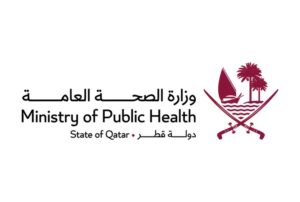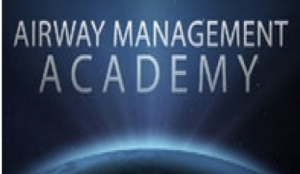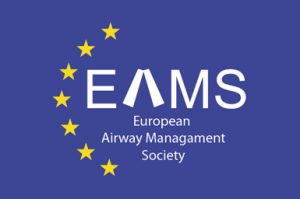Workshop overview: https://youtu.be/2wq2b5oF8KA
The objective of Skill Stations
- Supraglottic Airway Devices.
Aims:
- Optimizing the quality of supraglottic airway position and their use in adults and children
- Evaluation of the role of the supraglottic devices in the management of the difficult airway.
Teaching objectives:
- Introduction to periglottic devices: LMA classic, LMA proseal, LMA Superme, Ambu aura, I gel, I-Q, LMA fast track, Slipa mask, Esophageal obturators, Cobra, Laryngeal tube, Combi tube and Baska mask.
- Explain the classification, description, preparation, insertion techniques, effectiveness, and adjustments.
- Preparation and insertion of a range of supraglottic airways with particular reference to lubrication, shape and characteristics of device tip and materials.
- Understanding the principles involved in the design to isolate the GIT (2nd generation).
- Discuss the role of supraglottic devices as recommended by the airway guidelines and societies.
- Videolarynscopy in Adults and Pediatrics
Aims:
- Understand the role of theVideolarynoscopes in routine and difficult direct laryngoscopy, (predicted and unpredicted) in adults and pediatric.
- Understand the classification of Videolarynoscopes and their differences.
- Classification of VL:
- VL based on Macintosh blade.
- Intubating (visualizing) stylists e.g. Bonfils, Sikani
- VL with curved blade without tube guidance e.g. McGrath, Glidoscope
- VL with curved blade with tube guidance, Airteaq.
Teaching objectives:
- To perform direct and Videolarynscopy on using C-Mac and Glidoscope.
- To learn about the relative merits of each device with regard to published literature, ease of use, costs, reusability and tutors experience.
- To learn what Videolarynoscopes are available for pediatric airway and to learn tips and tricks for this patient’s population
- To know the indication of Videolarynoscopes
- Airway Assessment and Bag-Mask Ventilation
Teaching objectives:
1-Teach and train safe techniques
2- Prevent adverse outcome
3-Optimal oxygenation and ventilation without complication throughout the entire peri-procedure period
4- As airway assessment, investigation and management becomes increasingly refined, the search for a single, reliable predictor of the difficult airway continues
5-No one test can predict airway difficulties with a high degree of sensitivity or specificity.
6-Combination of tests and consideration of more than one factor is therefore recommended.
Objectives assessment
- Oral and Nasal Intubation
Teaching Aims:
- Endotracheal is a complex and highly skilled procedure.
- Good team work and meticulous preparation required.
- ALWAYS Confirm intubation with ETCO2
- Always have a backup plan when intubation fails.
Date : 18/03/2023; 03/06 /2023; 05/08/2023 and 06/01/2024
City: Itqan Clinical Simulation and Innovation Center, Hamad Bin Khalifa Medical City, Doha, Qatar
Contact Information
For Registration Please click here:





